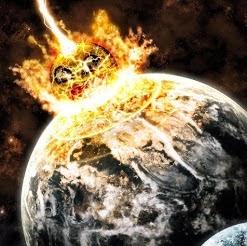The Order Of The Ancient Way
The Caulbearer
The correct name for those who are born with a true caul is a Caulbearer. Such people are often referred to as being "born behind the veil", as the caul is also referred to as the veil in many cultures due to it being a face covering.
Introduction
Caulbearer.org has been established as a resource to provide specific insight into the phenomenon of the Caul and Caulbearers. These pages provide information on both headings, so they may be of use to both
- (a) the casual visitor or researcher on the phenomenon of the Caul, also known as the Veil, and;
- (b) those who wish to know more in relation to the Caul in the context of how it relates to the philosophy of The Way, much of whose precepts originated in the teachings of the Caulbearer fraternity known as the Nazarenes, the Brotherhood of Light, and particularly through those of the High Caulbearers, the high teachers of truth, knowledge, logic and reason, collectively known as the Seven Veils.
The name, word, title or office of Caulbearer is the sole intellectual property of Robert George Crosbie and the Brotherhood of Nazarenes, a fraternity of Caulbearers and non-Caulbearers of like mind, known as the followers of The Way. This important fact relating to the use of the word or title of Caulbearer is fully explained in our copyright page. All other use of the word in unauthorised publications or media is considered infringement of copyright.
Should you wish to know more of The Way, please visittheorderoftheway.org.
What is a Caul?
The birth caul or veil is a full face mask which may be sometimes found covering the face of a child at birth. Such births are quite rare, and they hold special significance for the child born in such a manner. There are many stories and myths about the caul, many of them erroneous. This site is provided to give some insight to those who are born with a caul, and to further promote public knowledge of the phenomenon.
The correct name for those who are born with a caul is a Caulbearer. Such people are often referred to as being born behind the veil, as the caul is also referred to as the veil in many cultures, due to it being a face covering or mask.
It should be noted that Caulbearers may be male or female, and may come from any social class, racial or religious group. There are no geographical boundaries to the phenomenon. However, it has been observed that caul births do have tendencies to run in family bloodlines. Sometimes, but quite rarely, more than one member of a family, usually a parent and child, may be born with a caul.
It has been calculated that Caulbearer births may be as few as one in eight hundred thousand births. However, this does not necessarily mean that there will be one such birth in every eight hundred thousand births in a particular area.
News
A message for a woman by the name of Diana





